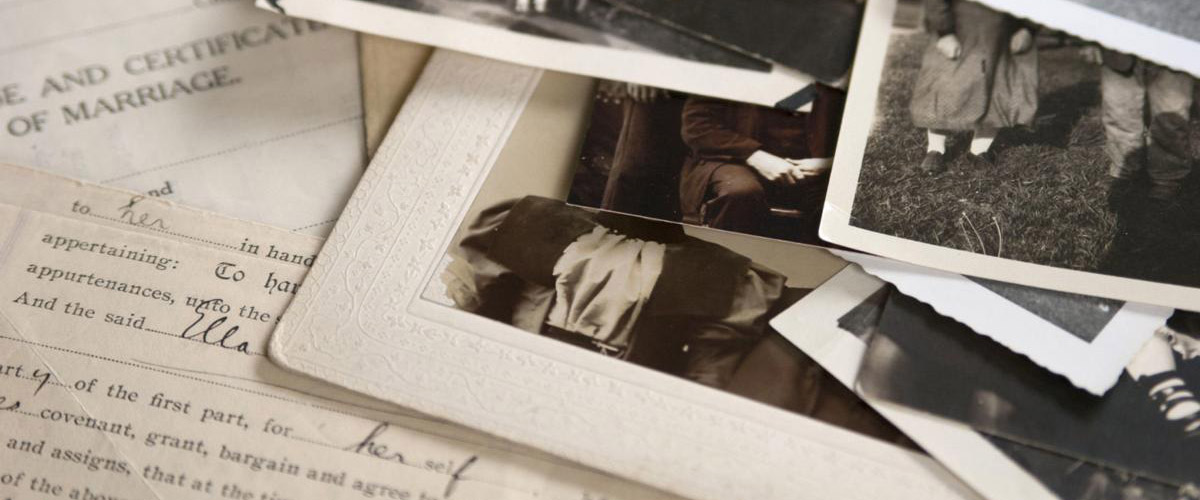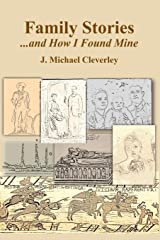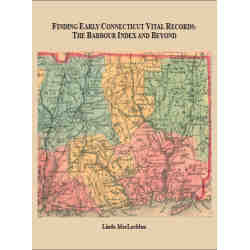
Family Stories . . . and How I Found Mine is actually several books rolled into one. At its simplest, it conveys the history of author J. Michael Cleverley’s family from the early Middle Ages, through its establishment in colonial New England, and later in the American Midwest. Unlike many genealogies, however, it examines the author’s ancestors in the context of American and European history. Cleverley, a retired senior diplomat in the U.S. foreign service and a published author outside of genealogy, is keenly aware of the impact individuals and families have on their times, and vice versa. By being with the Cleverley ancestors as they negotiate the challenges of prior centuries, readers of Family Stories . . . and How I Found Mine will gain insight into the lives and challenges of their own ancestors.
Simultaneously, Cleverley has written a treatise on how to produce a family history, showing by example how family stories can be discovered, often more easily than thought, and what genealogy researchers may be able to find in today’s rich cyber world of family history.
The scope of Family Stories . . . and How I Found Mine spreads out over a millennium. The story begins with Matilda, wife of William the Conqueror, before jumping to the Greene family serving in the court of Plantagenet kings from 1300 to 1500. Next come chapters devoted to Cleverley’s Puritan New England ancestors of the 1600s, their subsequent settlement in Rhode Island by the 1700s, and service at the Battle of Concord in 1775. From the 1830s to 1860s, we follow Cleverley descendants to Missouri and Kansas, where they served in the western Indian Wars, and later to Utah and Idaho. The story concludes with a stirring account of Seija Cleverley (the author’s wife) and her family’s hardships during Finland’s struggles with Soviet Russia and during the Second World War. Each chapter, including the methodological commentary, is self-contained. The reader can pick up the book at any point for a complete experience of a specific era and family members under discussion or can read the volume straight through in its entirety. Either way, this is a volume that entertains as it enlightens, and teaches as it chronicles a family history.





